A moduledesign background
With the development of modern industrial production to high speed and automation, the color recognition work that has long been dominated by the human eye in the production process will be more and more replaced by the corresponding color sensor. For example: the use of color classification of the library classification of the literature, can greatly improve the management and statistics, such as rack management; in the packaging industry, produce packaging using different colors and decorations to express its different nature or use. The current color sensor is usually in the independent photodiode covered by the revised red, green, blue filter, and then the corresponding output signal processing, in order to identify the color signal; some of the two together, but the output Analog signal, the need for an A / D circuit for acquisition, the signal further processing, in order to identify, increase the complexity of the circuit, and there is a large recognition error, affecting the recognition effect. TAOS (TexasAdvancedOptoelectronicSolutions) the latest color sensor TCS3200, not only to achieve color recognition and detection, compared with the previous color sensor, but also has many excellent new features.
two TCS3200 chip introduction
TCS3200Is TAOS’s programmable color-to-frequency converter, which integrates configurable silicon photodiodes with current-frequency converters on a single CMOS circuit while integrating red and green (RGB) on a single chip, Three filters, is the industry’s first digital compatible interface RGB color sensor,TCS3200Of the output signal is digital, can drive the standard TTL or CMOS logic input, it can be directly connected with the microprocessor or other logic circuit, because the output is digital, and can achieve more than 10 per color channel conversion Accuracy, and thus no longer need A / D conversion circuit, the circuit becomes more simpleThe
TCS3200Using 8-pin SOIC surface mount package, in a single chip integrated with 64 photodiodes, these diodes are divided into four types, the 16 photodiode with a red filter; 16 photodiode with a green filter 16 photodiodes with blue filter, the remaining 16 without any filter, through all the optical information, these photodiodes in the chip is cross-arranged, to minimize the incident light radiation On the other hand, the same color of the 16 photodiodes are connected in parallel, evenly distributed in the diode array, you can eliminate the color of the position error. When working, the two filters are used to dynamically select the desired filter. The typical output frequency range of the sensor is from 2Hz to 500kHz. The user can also select 100%, 20% or more by two programmable pins. 2% output scale factor, or power off mode. The output scale factor enables the output of the sensor to accommodate different measuring ranges and improves its adaptability. For example, when using a low-speed frequency counter, you can choose a small calibration valueTCS3200The output frequency matches the counter.
When the incident light is projected ontoTCS3200(The duty cycle is 50%) after the current to the frequency converter, the different colors and the light can be selected by the different combinations of the photodiode control pins S2 and S3. Strong corresponding to different frequencies of the square wave; can also output the calibration pin S0, S1, select the different output scale factor, the output frequency range to adjust to meet the different needs.
The following brief introductionTCS3200Chip pin function and some of its combination options. S0, S1 is used to select the output scale factor or power off mode; S2, S3 is used to select the type of filter; OE is the frequency output enable pin, can control the output state, when there are multiple chip pins When the output pin of the microprocessor is also available as a chip select signal, OUT is the frequency output pin, GND is the chip’s ground pin, VCC provides the operating voltage for the chip, Table 1 is available for S0, S1 and S2, S3 combination.
threeTCS3200 recognizes the principle of color
(1)The principle of three primary colors
The color of the object is usually seen, in fact, the surface of the object absorbs a part of the colored component of the white light (daylight) which is irradiated onto it, and the reflected part of the colored light in the human eye. White is composed of a variety of frequencies of visible light mixed together, that is, white light contains a variety of colors of light (such as red R, yellow Y, green G, green V, blue B, purple P). According to the German physicist Helmholtz (Helinholtz) theory of the three primary colors, we can see that the various colors are different proportions of the three primary colors (red, green, blue) mixed.
(2)TCS3200Identify the principle of color
By the principle of the three primary colors to know, if you know the composition of the various colors of the three primary colors, you can know the color of the test object. forTCS3200For example, when a color filter is selected, it only allows a particular primary color to pass through, preventing the passage of other primary colors. For example, when a red filter is selected, only red can be passed through the blue, and blue and green are blocked, so that the light intensity of the red light can be obtained. At the same time, when the other filters are selected, blue and green Light intensity. Through these three values, you can analyze the projection toTCS3200The color of the light on the sensor.
(3) white balance and color recognition principle
White balance is to tell the system what is white. In theory, white is made up of equal amounts of red, green and blue; but in fact, the three primary colors in white are not exactly equalTCS3200Of the light sensor, it is the sensitivity of these three basic colors are different, resulting inTCS3200The RGB output is not equal, so the white balance adjustment must be made before the testTCS3200Is equal to the three primary colors in the detected “white”. The white balance adjustment is made for subsequent color recognition. In this device, the white balance adjustment of the specific steps and methods are as follows: the empty tube placed in the sensor above the tube placed above a white light source, so that the incident light can pass through the test tube toTCS3200On the basis of the previously described method, followed by red, green and blue filter, were measured red, green and blue values, and then you can calculate the need for three adjustment parameters.
whenTCS3200When you identify the color, use the three parameters to adjust the color of the measured R, G and B. There are two ways to calculate the adjustment parameters: 1, followed by three-color filter, and thenTCS3200Of the output pulse in order to count. Counts to 255 to count the time each channel is used, which corresponds to the actual testTCS3200The time reference used by each filter, the number of pulses measured during this time is the value of the corresponding R, G and B. 2, set the timer for a fixed time (for example, 10ms), and then strobe the three colors of the filter, calculate the time periodTCS3200The number of output pulses, calculate a scale factor, through this scale factor can be the number of these pulses into 255. In the actual test, the same time outside the outdoor count, the measured number of pulses multiplied by the obtained scale factor, and then you can get the corresponding R, G and B values.
four ModuleFunctional description
1Baby Size: 3CM * 2.7CM (length and width)
2Interface definition: VCC GND power supply
3SO-S3 E0 OUT communication interface
4Onboard TCS3200 color sensor;
5Support 3V-5V voltage input;
6Chip all the pins have been drawn, the standard pin 100mil (2.54mm), easy for dot matrix board;
7 module test a variety of colors there is a certain color, the color test requirements are very high, please consider carefully after the purchase.
8 The best distance between the TCS3200 and the object to be tested is approximately 1 cm



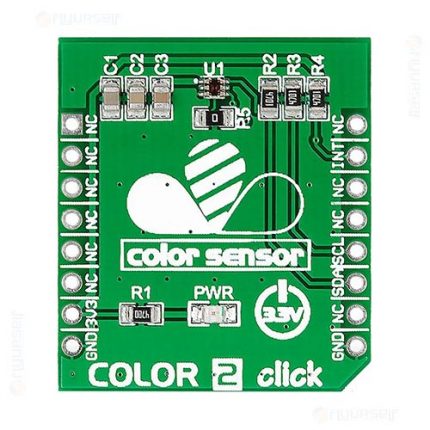



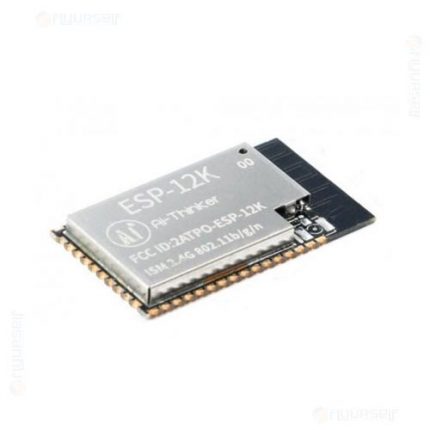
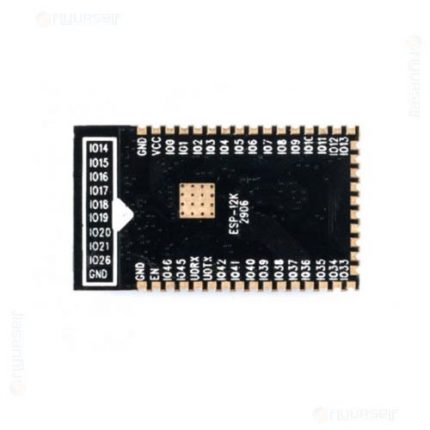
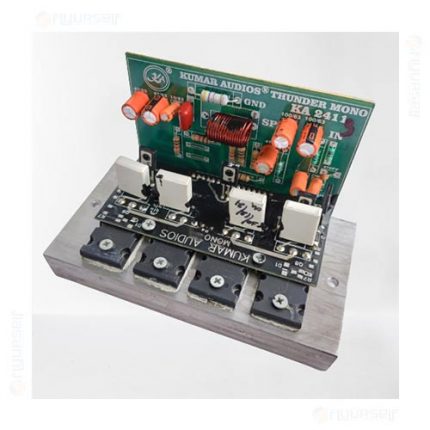
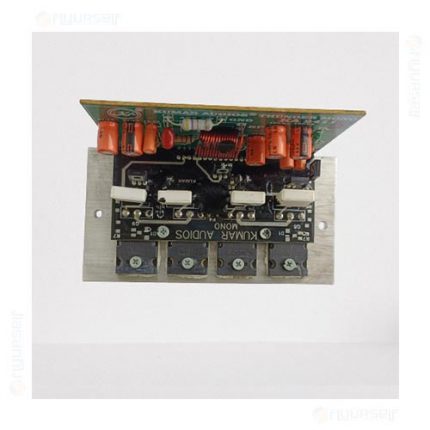



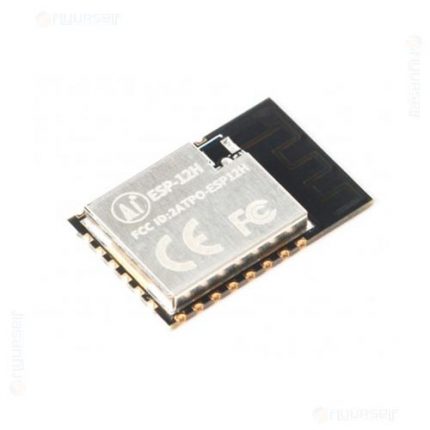


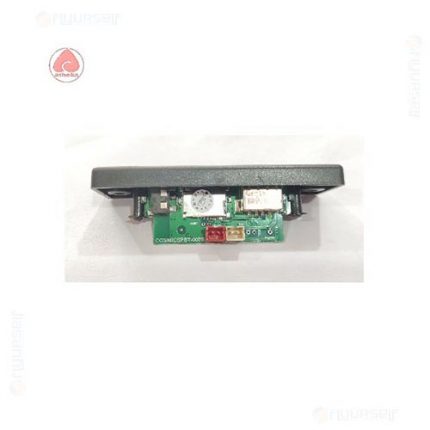
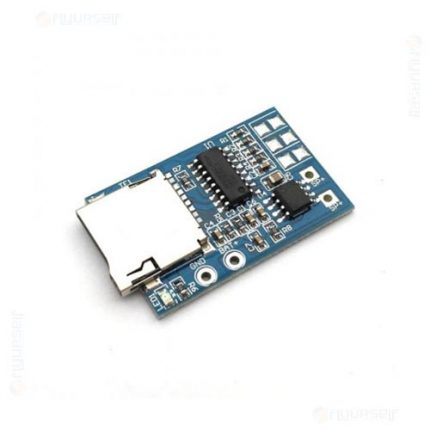

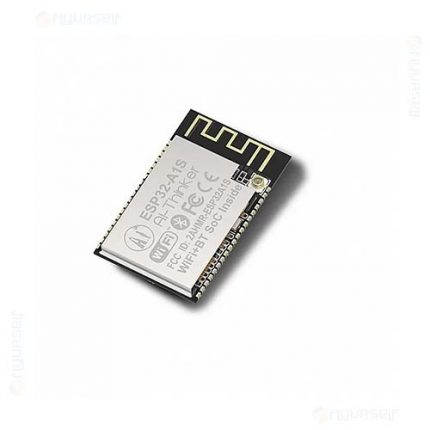
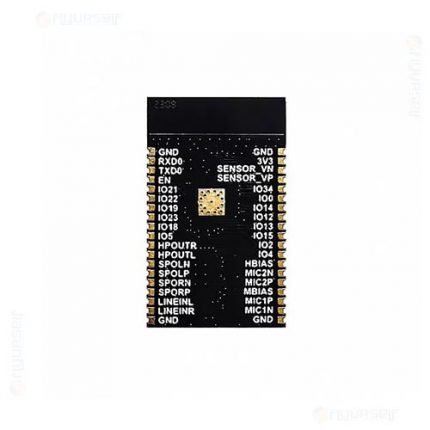
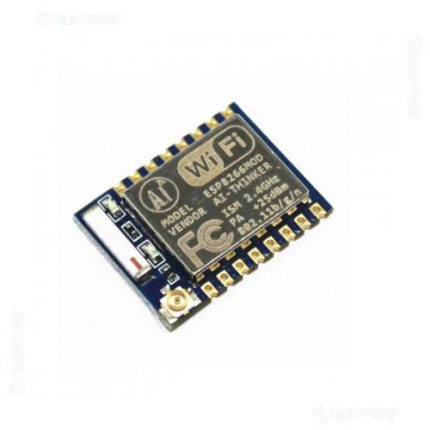
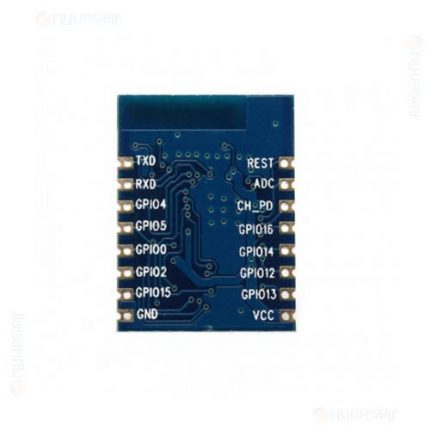
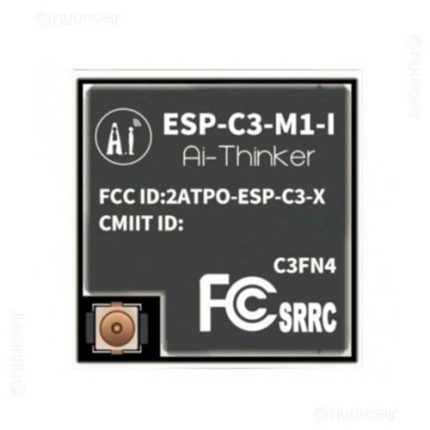
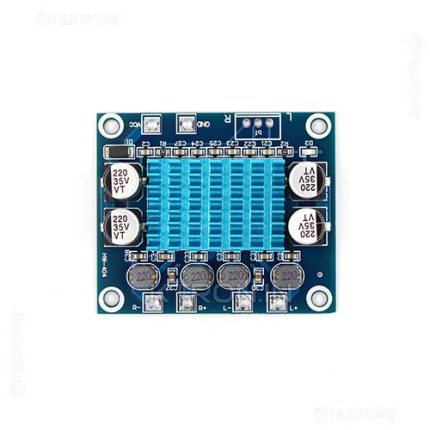

Reviews
There are no reviews yet.